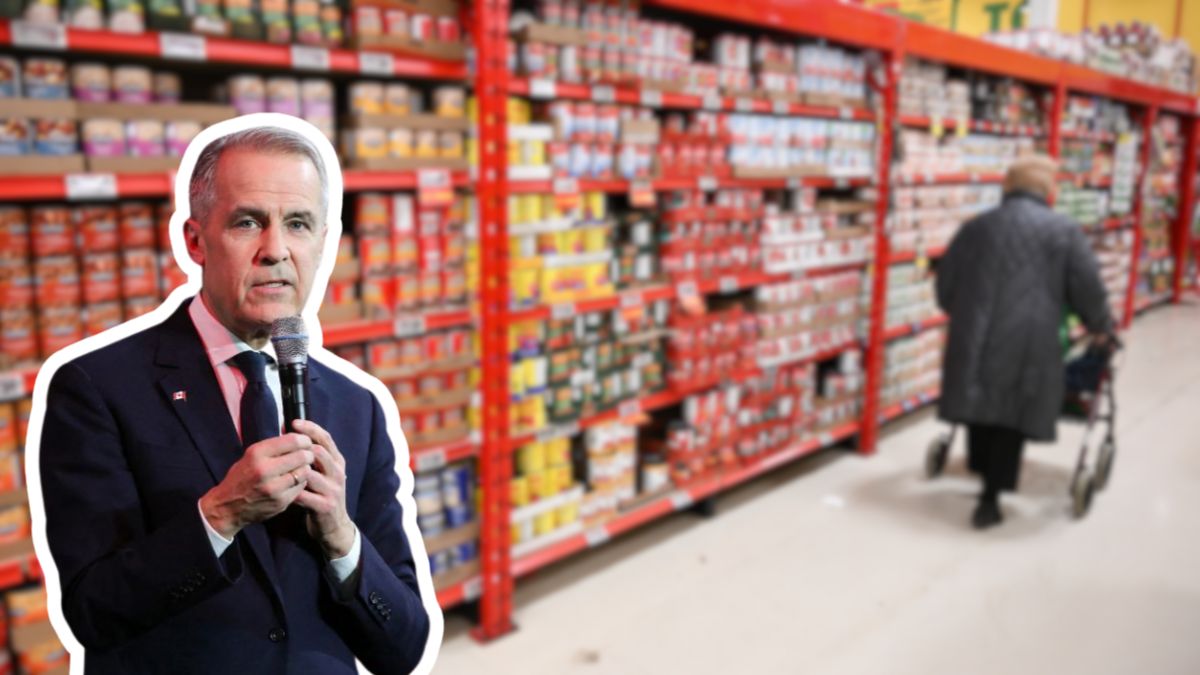As Canada moves into the latter half of 2025, millions of households across the country have received their final Carbon Rebate deposits. This payout, distributed in August 2025, marked the conclusion of a federal program designed to balance the rising costs of living with the government’s climate policy.
The rebate—officially known as the Climate Action Incentive Payment (CAIP)—was one of the most direct ways Ottawa sought to return money to households affected by federal carbon pricing. With the federal consumer carbon tax removed in April 2025, the August payment became the last installment under this system, closing a significant chapter in Canada’s climate and affordability strategy.
A Program That Put Money Back in Pockets
The Climate Action Incentive Payment was more than just an economic measure—it was a cornerstone of the federal government’s climate plan. Ottawa collected revenue from the carbon fuel charge, then redistributed most of it directly to residents in provinces without their own carbon pricing systems.
This rebate meant that families didn’t just face higher fuel or heating costs without support—they received quarterly deposits, easing budget pressure. For many, particularly in rural regions and lower-income households, the program provided a net financial gain.
How the Carbon Rebate Worked
To understand the impact of the August 2025 payout, it’s worth revisiting how the system functioned:
- A federal fuel charge applied to fossil fuels such as gasoline, diesel, and natural gas.
- Provinces without a compliant carbon pricing plan fell under the federal backstop.
- The Canada Revenue Agency (CRA) distributed payments automatically to eligible taxpayers.
- Rural residents often received an additional 10–20% top-up to reflect higher transportation and heating costs.
- Payments were non-taxable and tied to filing annual tax returns.
In other words, filing your taxes was the only requirement. Once the CRA processed the return, families were automatically enrolled—no lengthy applications or bureaucratic red tape.
Why the August 2025 Rebate Mattered
This last round of payments came during a period of financial strain for many Canadians. Inflation, while easing slightly from earlier peaks, continued to make essentials such as groceries, heating, and transportation more expensive.
The rebate ensured that households had a buffer against these costs. For families in Alberta, the largest recipients, the program delivered as much as \$1,800 annually—about \$450 per quarter. In other provinces, the support ranged from around \$760 to \$1,500 for a family of four, depending on regional fuel use and carbon charge structures.
Provincial Breakdown of August 2025 Carbon Rebates
The final payment confirmed in August 2025 varied widely across provinces. Below are the estimated totals for a family of four:
- Alberta – \$1,800 annually (highest in Canada due to fuel consumption patterns).
- Manitoba – \$1,200 annually (including rural top-up).
- Ontario – \$1,120 annually (with additional support for rural households).
- Saskatchewan – \$1,504 annually (boosted by rural supplement).
- New Brunswick – \$760 annually (smaller population, lower costs).
- Nova Scotia – \$824 annually (rural households included).
- Prince Edward Island – \$880 annually (all residents eligible for rural top-up).
- Newfoundland & Labrador – \$1,192 annually (strong rural inclusion).
Each family typically saw the final portion of these totals deposited directly into their bank accounts in mid-to-late August.
Who Qualified for the Final Rebate?
Eligibility remained straightforward right until the program’s end:
- Residents had to live in a province where the federal carbon fuel charge applied.
- A filed income tax return was required.
- Households in rural or remote regions received top-up amounts.
- No separate application was needed, unless taxpayer information (such as address or banking details) was outdated.
This meant that even families who didn’t owe income tax could still benefit, provided they filed their returns.
Why the Program Was Considered Progressive
One of the most praised aspects of the rebate was its progressive design. Research from government and independent policy experts showed that most low- and middle-income households actually received more in rebates than they paid in carbon charges.
This redistribution aimed to balance environmental policy with economic fairness, ensuring that wealthier Canadians—who generally consumed more fuel—shouldered a greater burden, while households with modest energy use often came out ahead.
The End of the Consumer Carbon Tax
The rebates came to an end because of a major policy change. On April 1, 2025, the federal government eliminated the consumer carbon tax entirely. This decision followed months of political debate, with critics arguing the charge unfairly burdened families during a cost-of-living crisis, while supporters maintained it was a vital climate tool.
The August 2025 rebate was therefore not just another payment, but the symbolic final payout under a program that defined much of Canada’s climate-affordability policy for nearly a decade.
Impact on Families and Rural Residents
For rural Canadians, the rebate was especially significant. Higher transportation needs, limited access to public transit, and increased heating costs meant these households faced greater impacts from carbon pricing.
By adding a 10–20% rural supplement, the federal government acknowledged these realities. In places like Saskatchewan and Newfoundland, where winters are harsher and travel distances longer, the top-up provided meaningful relief.
The Bigger Climate Debate
While the rebates are ending, the national debate around carbon pricing continues. Canada remains committed to its international climate targets, and policymakers are now weighing alternative tools to cut emissions without directly taxing households at the pump.
Observers suggest that new climate incentives could emerge—possibly targeting renewable energy adoption, home retrofits, or public transit funding—as the government seeks to balance affordability with sustainability.
Looking Back: Did the Rebate Achieve Its Goal?
Economists note that the program largely achieved what it set out to do: offset costs for families while reinforcing the principle that polluters should pay.
Households in Alberta, Ontario, Manitoba, and Saskatchewan—the provinces most affected by the federal fuel charge—saw meaningful returns. For many low-income families, the rebate meant hundreds of extra dollars in their budgets every year.
At the same time, the policy faced criticism for being politically divisive and for creating regional disparities, as provinces with their own pricing systems (like British Columbia and Quebec) were not part of the program.
What Comes Next After August 2025?
With the conclusion of the Climate Action Incentive Payment, Canadians are left wondering what comes next. While the consumer carbon tax is gone, federal and provincial governments still face the challenge of cutting emissions while keeping energy affordable.
There is growing speculation that Ottawa will roll out targeted climate rebates or subsidies in the near future, possibly tied to energy efficiency, green technology, or renewable power adoption
Conclusion
The August 2025 carbon rebate marked the end of an era. For years, these quarterly payments symbolized Ottawa’s attempt to blend environmental responsibility with economic relief. By the time the final deposits landed, millions of Canadians had benefitted—often receiving more back than they paid.
As the country looks ahead, one chapter has closed, but the central tension between affordability and climate action remains. Future policies will likely take new forms, but the memory of quarterly rebate deposits will remain a defining feature of Canada’s climate affordability strategy.
5 FAQs
Q1: What was the Carbon Rebate Canada 2025?
The Carbon Rebate, officially called the Climate Action Incentive Payment (CAIP), was a federal program that returned carbon tax revenues directly to households in provinces under the federal fuel charge.
Q2: Why did the rebates end in August 2025?
The federal government ended the consumer carbon tax on April 1, 2025, making the August rebate the final scheduled payment.
Q3: How much did families receive in August 2025?
Amounts varied by province. A family of four in Alberta received about \$1,800 annually, while families in other provinces received between \$760 and \$1,504, depending on location.
Q4: Who qualified for the rebate?
Eligibility required living in a province under the federal fuel charge and filing an annual tax return. Rural residents also received a top-up.
Q5: Will Canada replace the rebate with new programs?
While no direct replacement has been announced, the government is expected to introduce new climate incentives aimed at balancing affordability with emission reduction goals.











